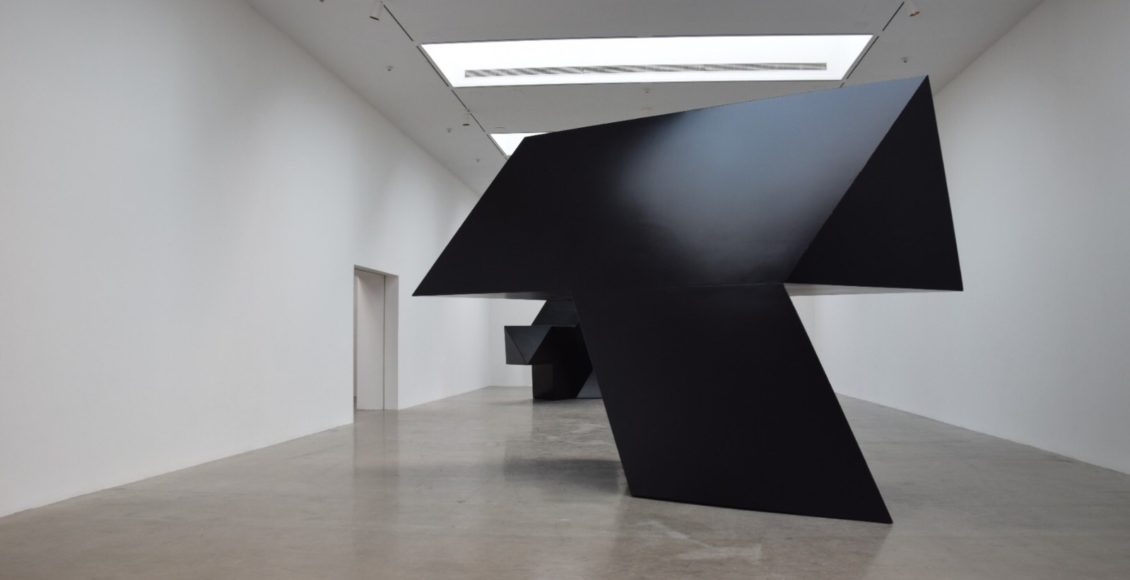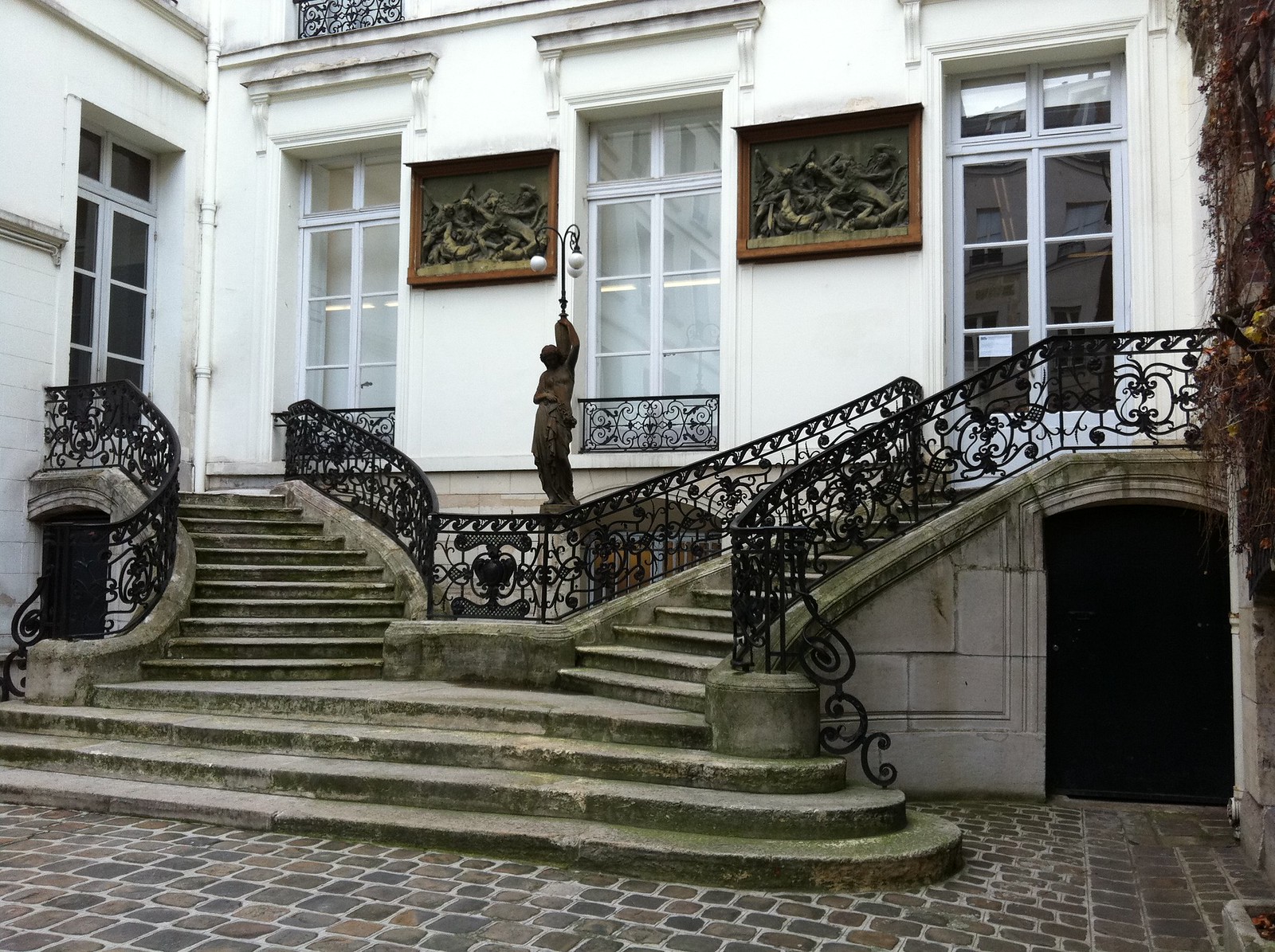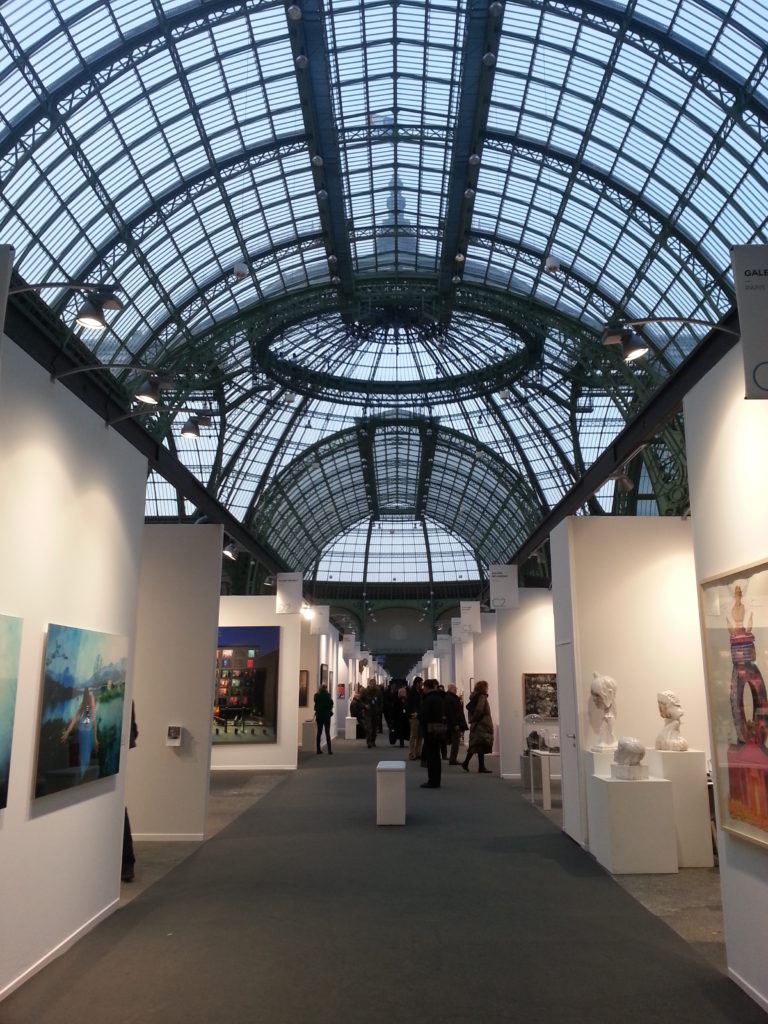Are Contemporary Art Galleries Victims of Globalization?
 Tony Smith exhibition at the Pace Gallery in New York City, May 2019. The Pace Gallery is the second biggest gallery in the world with 10 different locations.
Tony Smith exhibition at the Pace Gallery in New York City, May 2019. The Pace Gallery is the second biggest gallery in the world with 10 different locations.
Since the birth of contemporary art after the Second World War, art galleries have held a position of privilege in artistic spheres. In the 1960s, the art gallery established itself as a space of freedom, where the artist and the spectator share powerful experiences within the constraints of four walls. Allan Kaprow, an American artist who created Happening, immediately saw the infinite potential of such a space, far from institutionalized art. He used the legendary Reuben Gallery in New York as an environment for his 18 Happenings in 6 Parts in October 1959. Following his lead, Robert Whitman, Yves Klein, Robert Morris and dozens of other artists also made the art gallery a part of their creative process. Now established spaces symbolic of expression and innovation, galleries nevertheless meet economic imperatives in their commercial function. This dual identity of art production and sales is a strength in the contemporary art market, but a weakness in the face of emerging challenges linked to globalization.
If galleries are so impacted by globalization it is because they are the very source of renewal. They are the interface between an artist, a work, and a client. They are both the center and the end of this system. The responsibility of contemporary art galleries is very important. They allow artists and thus art itself to exist and to renew itself continuously. Since the 1980s, however, globalization has worked to change art galleries and the art market artistically, economically, and conceptually.
Price transparency
The current contemporary art market is based above all on an asymmetry of information. When entering most contemporary art galleries, you will not find any prices displayed. If you ask, you enter a long Kafkaesque process where information is hidden on purpose, but why?
First, keeping prices secret allows a gallery to protect itself from competitors. This prevents the resale of work by the same artist at a lower price in the secondary market. Besides, since the sales strategy is not known to competitors, price adjustments (if the work is not sold) are simpler. Finally, the art gallery plays on exclusivity and psychology. The person to whom the gallery has disclosed the price feels special and this is also what the client looks for in his relationship with the gallery: to feel important and unique. This same dynamic can be found in so-called “Veblen” properties—the more exclusive or higher the prices, the more potential buyers there are.
But has globalization changed this process directly? No. On the contrary, it has developed it by bringing together more buyers and galleries from all over the world, creating a turnover. More galleries emerge and more disappear, making the contemporary art scene very dynamic. But with the development of the Internet, there has been a massive overhaul in how and what information is distributed. With the arrival of online platforms such as Artnet or Artsy, price transparency has improved in both displaying the price of certain works and making auction results available to the public.
Price transparency is now being praised because it allows contemporary art galleries to acquire new customers. In the 2017 edition of the Tefaf art market report, 72% of dealers said that their primary concern is acquiring new clients. Up to now, asking for the price of a work of art has always been a dreaded conversation and even a deterring barrier for some customers. When made public, negotiations are freer and the dialogue between buyers and galleries more open. In the 2019 edition of ArtTactic’s Hiscox Online Art Trade Report, 87% of respondents said having prices visible was among the most important factors when buying art online. The economic market conception of traditional art is therefore disrupted, and galleries are forced to adapt.

The hegemony of online sales
Even though online sales represent only 9% of total art sales, they grew by 11% in 2018 according to Art Basel/UBS’ Global Art Market Report 2019. This trend confirms the impact of online sales on the current art market, particularly on auction houses. For dealers of all sizes, online sales are a means of accessing new customers growing in importance. In 2018, for those dealers making sales online, more than half (52%) of them were to new buyers. Online sales are in direct opposition to the principle of the art gallery, which uses a concrete space to present works physically. However, the current trend dematerializes the entire process, resulting in a gradual erosion of the very principles of the art gallery.
While destructive to the art gallery, this does not necessarily hurt the artist. Artnet, Artsy, and other online platforms allow artists to free themselves from dependence on contemporary art galleries. The Internet is becoming the preferred interface and gives artists greater freedom in the management and sale of their works. So, the art gallery actually faces competition on two fronts: that of its supply (artists) and that of its consumers (clients).
The golden age of mega-galleries
Contemporary art galleries have seen their model radically evolve since the 2000s, particularly with the emergence of structures called “mega-galleries”. The mega-galleries, most popularly taking place in the major art fairs of Basel, New York, London, and Paris, are true empires of contemporary art, bringing together several galleries from all over the world under the same name. This is the case for the Gagosian, Pace, Perrotin and David Zwirner galleries for example. These mega-galleries dominate the share of sales, with the rest of global sales shared between a very large number of smaller galleries. Globalization facilitates this polarization between mega-galleries and smaller galleries, inevitably impacting the global market.
However, the artistic consequence is that mega-galleries have a brand function and not an artistic one. They do not look for new artists and do not accompany them through their projects but rather hyper-publicize already well-known and established artists. Here again, they weaken the art market for other galleries by concentrating sales and investments.

Art galleries and politics
Art galleries are not only impacted by the development of the Internet and the global expansion of their clientele, they are also subject to political change. In this regard, Brexit is particularly meaningful. In the 2017 edition of the Tefaf art market report, 50% of global dealers said that the UK referendum on the EU will have a negative or very negative effect on business while only 9% think that it will have a positive effect. Last October was marked by David Zwirner’s decision, one of the world’s most renowned gallery owners, to leave London in front of Brexit and move to Paris. This decision shows how closely the contemporary art market and global political and economic developments are linked.
Globalization certainly represents challenges and sometimes harmful situations for the art gallery. Yet, these challenges are an opportunity to develop a better understanding of what the art gallery is about, its identity. It is clear that if mega-galleries are so successful nowadays it is because they understood how to use globalization to strengthen their artistic purpose. Yes, a commercial art gallery is about selling, but what needs to be explored is its creative perspective in the face of global challenges. These challenges are creating a need for change and make galleries realize for instance that cooperation rather than competition is now key. Art galleries need to recreate their powerful connection with people by inviting them to come and participate in artwork that engages with this new global context. This is what the Condo Gallery does in London by bringing people together to consider the art gallery of tomorrow. Even more today than before, contemporary art has to realize its aim of addressing politics and social issues and gain the public’s interest in art by doing so. Yes, it will take time and money to reform the model. However, in the end, those who are embracing global challenges now will be the ones who will lead the 21st-century contemporary art market.
Featured image: Tony Smith exhibition at the Pace Gallery in New York in May 2019. Pace Gallery is the second biggest gallery in the world with 10 different locations. « Tony Smith exhibition view Pace gallery May 2019”, LorenzoBéatrix, CC BY-SA 4.0
Edited by Selene Coiffard-D’Amico
